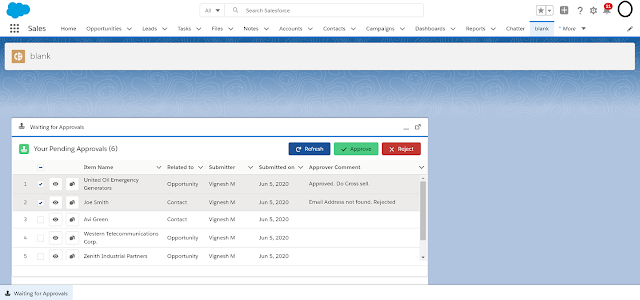DIGITAL EARTH
DIGITAL EARTH
In a speech prepared for the California Science Center
in Los Angeles on January 31, 1998, Gore described a digital future
where schoolchildren - indeed all the world's citizens - could interact
with a computer-generated three-dimensional spinning virtual globe
and access vast amounts of scientific and cultural information to help
them understand the Earth and its human activities. The greater part of
this knowledge store would be free to all via the Internet, however a
commercial marketplace of related products and services was envisioned
to co-exist, in part in order to support the expensive infrastructure
such a system would require.
Many aspects of his proposal have been realized - for instance, virtual globe geo-browsers such as Google Earth and Microsoft's Bing Maps
3D for commercial, social and scientific applications. But the Gore
speech outlined a truly global, collaborative linking of systems that
has yet to happen. That vision has been continually interpreted and
defined by the growing global community of interest described below.
An Emerging View
Two noteworthy excerpts from the Beijing Declaration on Digital Earth,ratified September 12, 2009 at the 6th International Symposium on Digital Earth in Beijing:
- "Digital Earth is an integral part of other advanced technologies including: earth observation, geo-information systems, global positioning systems, communication networks, sensor webs, electromagnetic identifiers, virtual reality, grid computation, etc. It is seen as a global strategic contributor to scientific and technological developments, and will be a catalyst in finding solutions to international scientific and societal issues."
- "Digital Earth should play a strategic and sustainable role in addressing such challenges to human society as natural resource depletion, food and water insecurity, energy shortages, environmental degradation, natural disasters response, population explosion, and, in particular, global climate change."
Next-Generation Digital Earth
A group of international geographic and environmental scientists from
government, industry, and academia brought together by the Vespucci
Initiative for the Advancement of Geographic Information Science, and the Joint Research Centre of the European Commission recently published "Next-Generation Digital Earth" a position paper that suggests its eight key elements:
- Not one Digital Earth, but multiple connected globes/infrastructures addressing the needs of different audiences: citizens, communities, policymakers, scientists, educationalists.
- Problem oriented: e.g. environment, health, societal benefit areas, and transparent on the impacts of technologies on the environment
- Allowing search through time and space to find similar/analogue situations with real time data from both sensors and humans (different from what existing GIS can do, and different from adding analytical functions to a virtual globe)
- Asking questions about change, identification of anomalies in space in both human and environmental domains (flag things that are not consistent with their surroundings in real time)
- Enabling access to data, information, services, and models as well as scenarios and forecasts: from simple queries to complex analyses across the environmental and social domains.
- Supporting the visualization of abstract concepts and data types (e.g. low income, poor health, and semantics)
- Based on open access, and participation across multiple technological platforms, and media (e.g. text, voice and multi-media)
- Engaging, interactive, exploratory, and a laboratory for learning and for multidisciplinary education and science.


Comments
Post a Comment